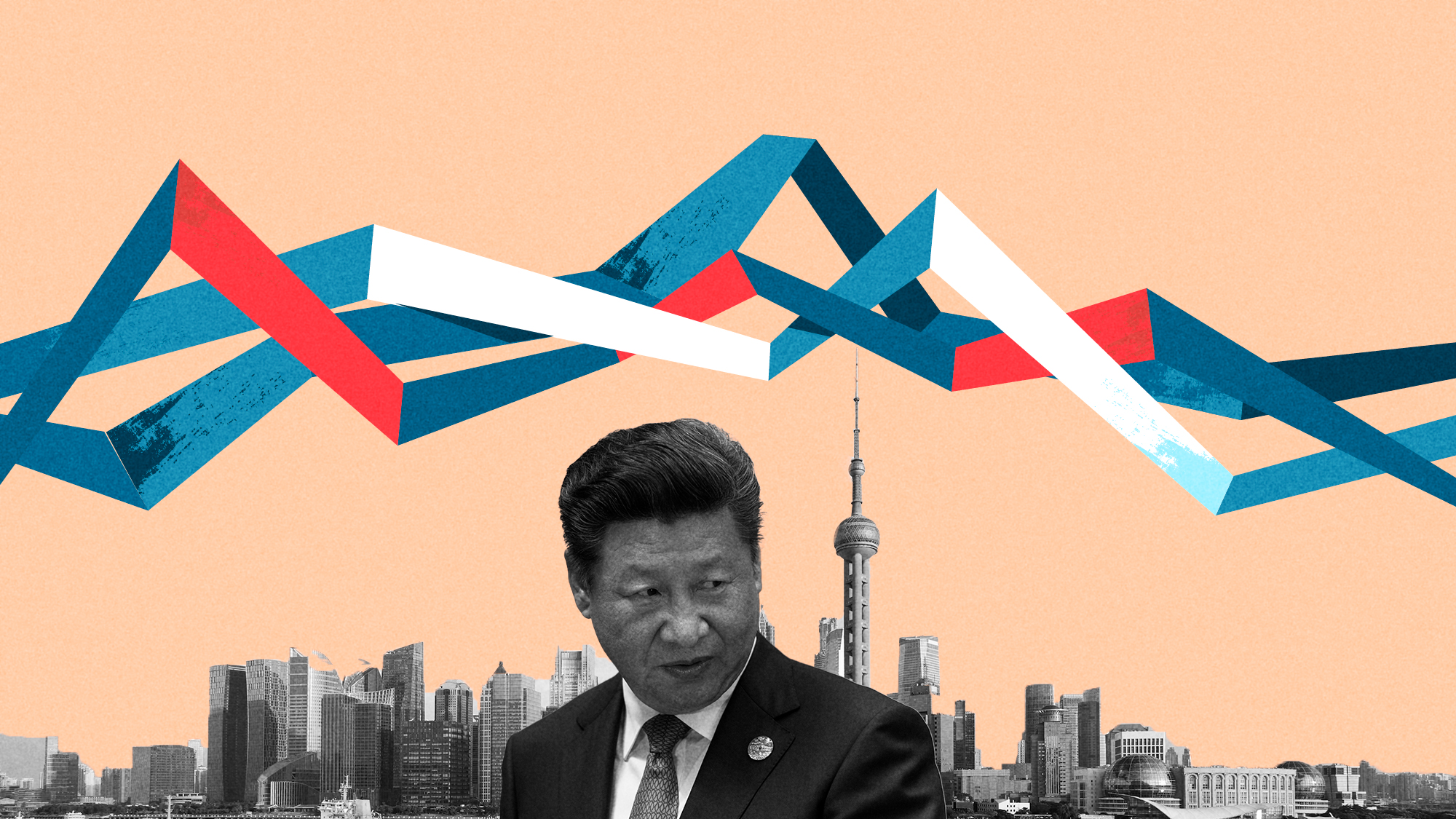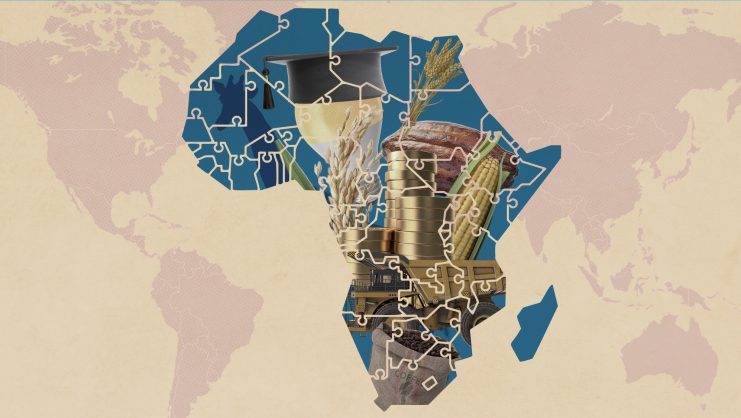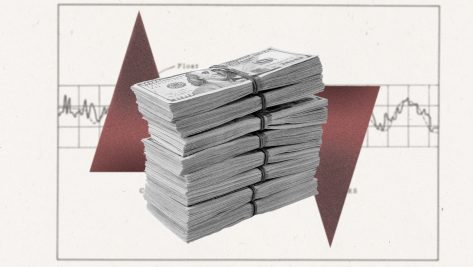While doubts swirl over a European recession, the upcoming U.S. elections, strains in the financial world, and populist victories in various regions, the biggest question mark over the global economy remains the economic future of China. Has “peak China” been reached, or is it yet to come? Will China ever overtake the U.S. economy in size? And if not, what are the consequences for the rest of the world?
China was a growth marvel for decades, thanks to a spectacular economic “miracle” that began with Deng Xiaoping’s sweeping reforms in 1978. Average real GDP growth soared from around 6% a year pre-1980 to more than 9% before the global financial crisis, with some years clocking growth rates as high as 15%. In the early 21st century, Goldman Sachs was only one of the institutions that predicted that China would soon become the world’s largest economy: it expected China’s GDP to match that of the United States by 2026, and to be more than 50% larger by 2050.
By 2012 and especially after Covid, this optimism began to evaporate. The global financial crisis dealt a blow to China’s massive export machine, which depended heavily on foreign demand, and growth began to slide to less than 8% a year. Covid and its aftermath pushed it below 5%. Various experts project that average Chinese growth for the 2020-2024 period will be below 5%, and some even put it below 3%. Goldman Sachs has postponed the date when China would surpass the United States to 2035 or later; and some institutions like Capital Economics predict that that time will never come.
Powerful forces which are difficult to change underlie the slower growth of recent years. The first is productivity. The Deng Xiaoping pro-market reforms unleashed spectacular productivity growth that averaged 10% a year for four decades. Though data is always fuzzy for China, it appears that growth is exhausted, and productivity may even be declining. Since potential GDP growth is roughly a sum of productivity growth and labor force growth, this removes half of the impetus for Chinese expansion in the future.
If slow Chinese growth becomes a permanent feature of the global economy, what will this mean for the rest of us?
Linked to this is the role of investment in China. Investment in the 1990s soared to an almost unthinkable 45% of GDP (developed countries hover around 20%), supercharging growth. Much of this investment was in real estate, and much yielded low returns. Rising debt levels and the collapse of the property sector point to the end of investment’s role as a growth driver for China. If investment must decline –as it did in Japan after its property bubble burst– some other source of demand must take over to drive Chinese growth. What will it be? Export growth is no longer soaring, and geopolitical confrontation may continue to limit foreign sales. Government spending is hampered by debt. And household consumption, which drives GDP in all developed countries, is chronically weak, particularly in the wake of the zero-Covid debacle. If these forces cannot substitute investment as a growth driver, GDP will not only grow slowly, but could even decline going forward.
These weaknesses address only half of the potential GDP growth equation for China, however. The other half is labor force growth, where trends are even more bleak. China’s population stopped growing in 2022. Though the wrongheaded one-child policy was lifted in 2016, fertility has continued to decline, and net immigration is negative. The changing age structure resulting from this demographic revolution makes China the fastest-aging developing country: one of the first to get old before it becomes rich. This means a shrinking labor force (already declining since 2015) and a growing burden of caring for the old, both of which reduce growth.
Besides these, many other question marks remain on the horizon. How deep and wide-ranging will today’s property and financial crisis be? How much will Western curbs on China limit exports and inward foreign direct investment? Will the Belt and Road Initiative, China’s massive global infrastructure project, continue to be funded by Chinese (and third country) government money, and provide work for Chinese construction companies, or will it falter? Above all, will the authoritarian government of Xi Jinping allow more private initiative, which in an entrepreneurial nation like China could stimulate growth and productive investment; or will he keep his heavy hand on the economy?
If slow Chinese growth becomes a permanent feature of the global economy, what will this mean for the rest of us? Naturally, global growth will slow down, partly due just to math and partly because the stimulus of Chinese demand to the growth of countries like Germany or Russia will be reduced. Patterns of trade will change, giving lower-cost nations (like India) a chance to step in as major exporters; and global inflation may become structurally higher. On the bright side, the environmental deterioration caused by China’s breakneck growth will be smaller.
Apart from economics, one big question mark is how China’s massive population will react to permanently lower growth trends. Is the support of the population for the Communist regime linked to its ability to guarantee continued fast growth? Will they withdraw support as their prosperity stops rising? What might the government need to do to regain that support? Chinese and global stability could hang in the balance.
Whatever happens, the consensus at this moment in time appears to be that China may never be bigger than the United States. Linear projections are often wrong: Japan was to surpass the U.S. economy in 2010, and there was even a time in the early 20th century when Argentina was projected to overtake the United States. But it is important to remember, as The Economist recently said, that even the future of a slow-growth China “is neither triumph nor disaster.” Even if “peak China” has in fact been reached, China in this decade, and in 100 years, will still be very large and a force to be reckoned with globally.
© IE Insights.











